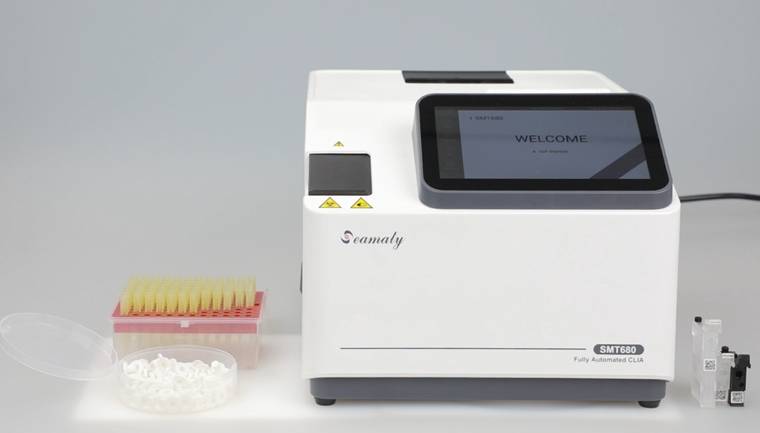
2021-11-10
Blood is the most common sample used in medical testing, as it is the most readily available and effective sample for monitoring body conditions. Many fully automated analyzers have been developed based on blood sample testing. Such as chemiluminescent immunoassay analyzers, fully automated biochemical analyzers, etc. Blood samples on the machine before the processing of good or bad has a vital role in the detection of results.
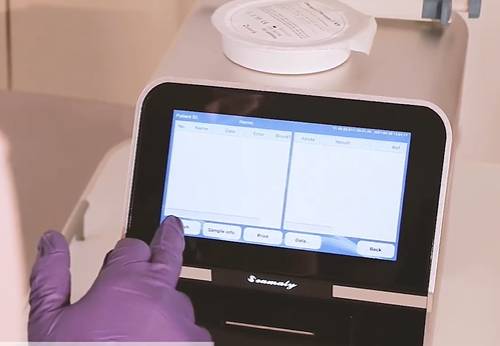
2021-11-09
Blood glucose control is the key to the treatment of diabetes, and the POCT blood glucose meter is a commonly used instrument for measuring blood glucose in diabetic patients. It can accurately and quickly determine the blood glucose concentration of patients and provide timely guidance for clinicians in the use of medication. However, in the clinical examination, the measurement results of portable blood glucose meter often do not match with the laboratory results.
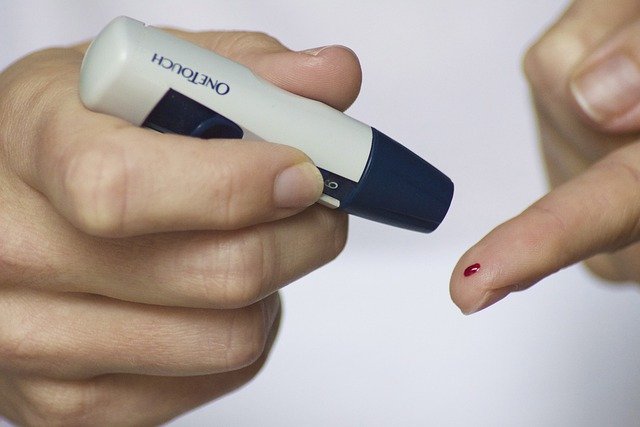
2021-11-09
Blood glucose meter to detect blood sugar is a simple, convenient and fast detection method, which is becoming more and more popular. However, some people find that the blood glucose test is different from that of automatic biochemistry for the same condition and the same patient when they use home blood glucose meter. So, what is the difference between home blood glucose meter and fully automatic biochemical meter when testing blood glucose?
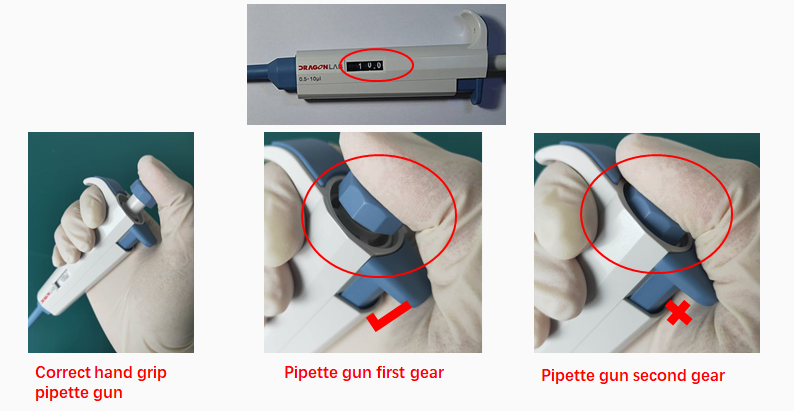
2021-11-09
Portable dry biochemistry analyzers have brought great convenience to medical institutions at all levels. Due to its convenience, it can be operated without the need for a professional laboratory physician. However, the test results can also be unsatisfactory due to misuse and other reasons. Today, let's take a look with Seamaty to see what details we should pay attention to when using the dry biochemistry analyzer and its reagents. Take the Seamaty SD1 automatic dry biochemistry analyzer as an example.
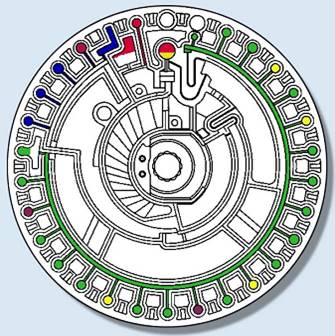
2021-11-08
After adding approximately 100 ul of sample from the spiked well, place the test disc into the instrument's telescoping bin. The telescoping bin transports the test disc to the working position. The biochemistry instrument lifting device (top bar) then clamps the test disc in place. At the same time it pushes the integrated dilution cup in the test dish upwards and tears a small opening for the liquid to spill out (topping off the water cup).
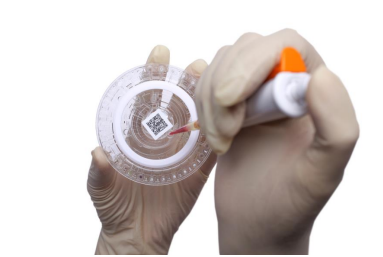
2021-11-08
1)Add a sample volume of 100 μl to the reagent tray, with a permissible sample range of 90-120 μl (it is recommended that a blood volume of at least 250 μl be collected for review).2) The use of lithium heparin anticoagulation tubes is recommended for sample processing.